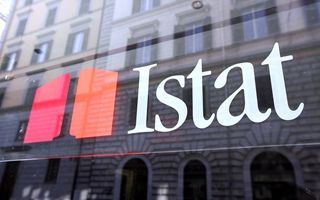(Finance) – The Intelligent Specialization Strategy, introduced in 2013 with the European Regulation for 2014-2020 programming on European Structural and Investment Funds, was created with the aim of maximizing the impact of investments dedicated to research, technological development and innovation in a manner consistent with the specializations that characterize the individual territories. L’Istat updates the indicators relating to businesses and the related economic aggregates in the areas of intelligent specialization. This is what we read in the note sent by the institution.
These indicators, spread both at national and regional level, are derived from information from the second edition of the 2022 permanent business census, integrated with information from basic statistical registers. The first release of indicators relating to the S3 (acronym deriving from the three “S” of Smart Specialization Strategy) was carried out in 2022, based on information from the first edition of the Permanent Business Census. It is therefore now possible to create a comparison with the previous edition.
The five priority national thematic areasidentified by the National Smart Specialization Strategy (SNSI) are: Intelligent and sustainable industry, energy and environment, Health, nutrition, quality of life, Digital Agenda, Smart Communities, Intelligent mobility systems, Tourism, Cultural heritage and creative industry, Aerospace and defense.
These themes are divided into 12 areas of intelligent specialization, identified by central and regional administrations, i.e. industrial ecosystems that identify fundamental production areas of the Italian productive fabric. The areas of intelligent specialization are: Aerospace; Agrifood; Blue Growth; Green Chemistry; Design, creativity and Made in Italy; Power; Smart Factory; Sustainable mobility; Health; Smart, Secure and Inclusive Communities; Technologies for Living Environments; Technologies for Cultural Heritage.
For each of the 12 areas, a national and regional level is provided substantial set of information (35 tables): structural and economic performance indicators; on strategic investments by companies (research and development, technologies and digitalisation, human capital and training, internationalisation, social and environmental responsibility); on enabling technologies (KETs: Key Enabling Technologies); on the relations of companies with universities, public and private research centres, with the public administration and with other companies.
The classification of potentially S3 companies identifies overall a ecosystem that differs from companies not included in the perimeter of intelligent specialization areas, both with regard to economic performance and strategic dimensions. For further information on the methodology used, please refer to the methodological note.
In 2021 – we read in the report – the sector S3 represents 35.7% of industrial companies and services and 57.4% of employees, approximately 70% of the economy in terms of added value and 90% of national exports of goods. Regarding the strategic dimensions, it is noted that 79% of S3 companies make high intensity investments in projects linked to R&D activities, 70% in digitalisation and 66% in human capital compared to the complex of industrial and service companies with at least 3 employees.
